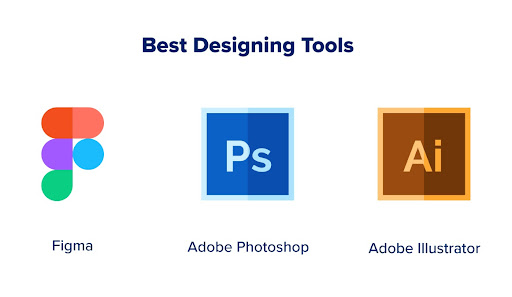UX designers strive to create beautiful user experiences, and are thus responsible for defining the path a user takes when using a product or service. UX designers frequently utilize a variety of design tools, including those pertaining to wireframing and prototyping. Typically, the most commonly used tools include some kind of collaborative functionality — since many UX designers work within a wider UX/UI or product design team.
Many UX design tools focus on the user: What will a user see when interacting with an application or service? How will a user flow through a service? UX design tools keep these considerations in mind. These tools can help designers create layouts and prototypes, structure information, and determine how a user will flow through the product.
There are many tools available in the UX/UI designer space, catering to a wide range of users from beginners to experts. Some tools can handle the entirety of the UX design process, from wireframing to polished interactive prototypes. Others are more focused, allowing designers to hone in on wireframes, prototypes, or icon designs. Having the right tools for your role can make a significant difference.
If you’re interested in UX design but don’t know where to start, consider our guide on how to become a UX/UI designer for more information. In the meantime, read on for an overview of several effective UX design tools.

 Live Chat
Live Chat

